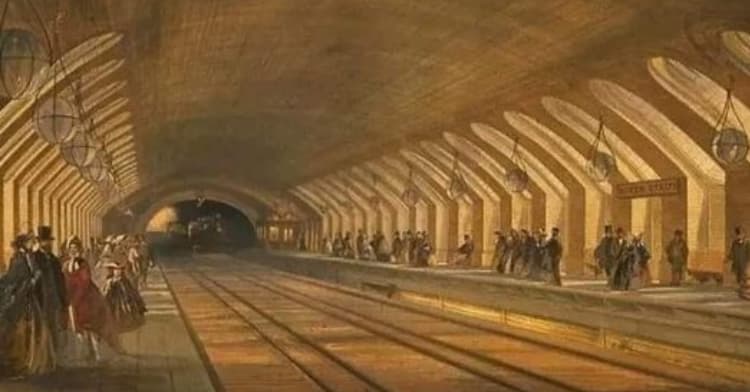Queen Mary’s Bath House in Edinburgh stands as a mysterious and intriguing structure, its true purpose lost to time and shrouded in urban myth. Built around 1560, this small, crooked building with a tile roof and two storeys has sparked much speculation about its original function.
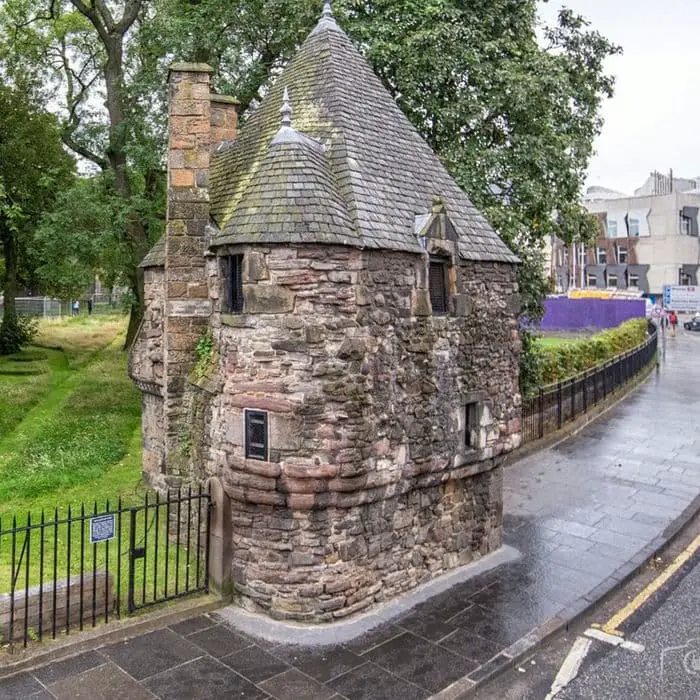
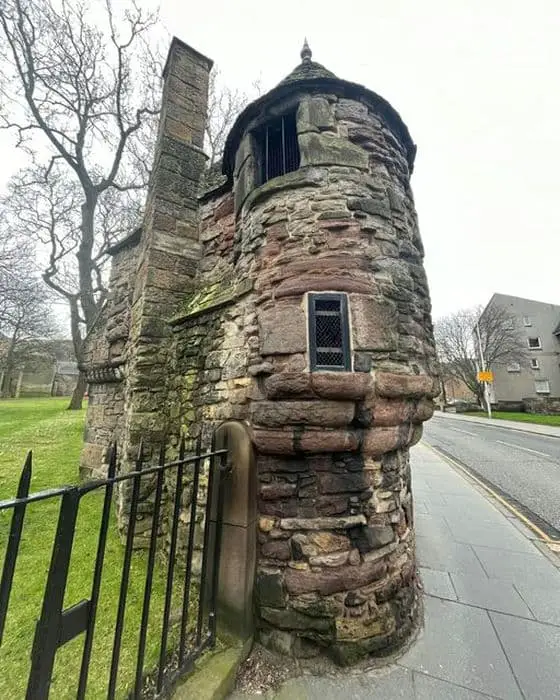
While commonly referred to as a bath house, the Royal Collection Trust suggests otherwise, proposing that it may have served as a summer house or dovecote instead. Despite the uncertainty surrounding its purpose, the building is often associated with Mary, Queen of Scots, adding to its allure and historical significance.

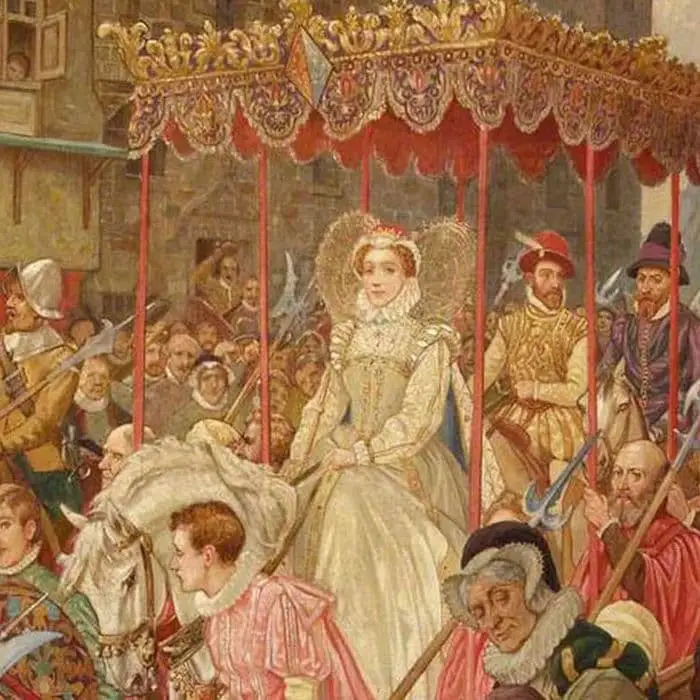
Mary, Queen of Scots, remains a central figure in Scotland’s royal history, her life marked by tragedy and romance. Born in 1542, she ascended to the throne at a young age, becoming embroiled in political turmoil and international alliances.
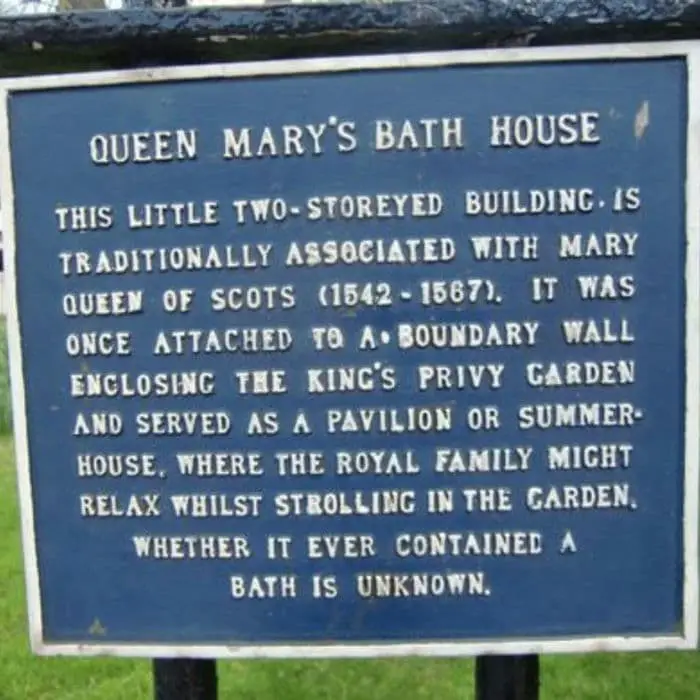
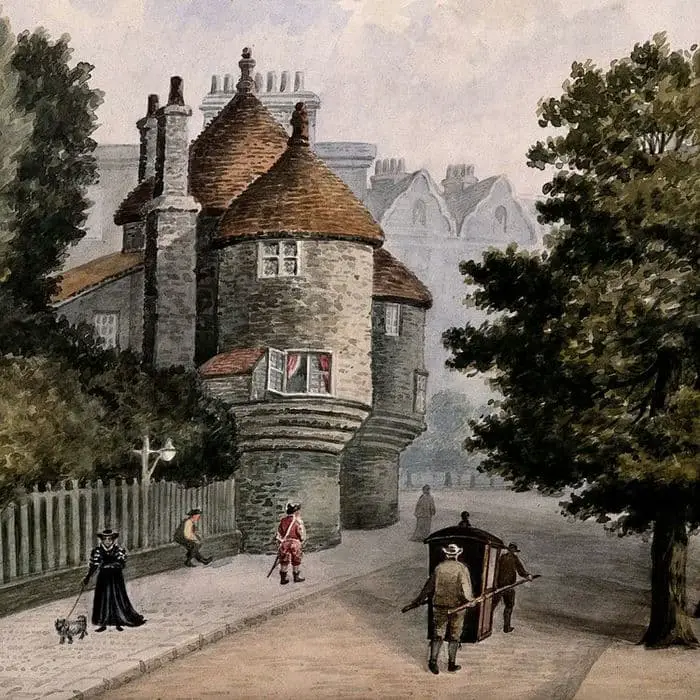
Sent to France in 1548 to marry the Dauphin, Mary returned to Scotland as a widow in 1561 after his premature death. Her tumultuous reign was marked by intrigue and conflict, ultimately leading to her execution in 1587 on charges of plotting against her cousin, Queen Elizabeth I of England.

Despite the uncertainty surrounding Queen Mary’s Bath House, it stands as a testament to Scotland’s rich history and royal heritage. Visitors to Edinburgh can explore this enigmatic landmark, situated within the grounds of Holyrood Palace, and delve into the captivating story of Mary, Queen of Scots, at nearby attractions such as Edinburgh Castle.
With its grand affairs and symbolic events, Edinburgh Castle offers a glimpse into Mary’s royal court and the dramatic events that unfolded during her reign. Visitors can also visit the birth room where Mary gave birth to King James VI, her legacy echoing through the halls of this historic fortress.
For those intrigued by Queen Mary’s story, a visit to Edinburgh promises to unravel the mysteries of her life and legacy, offering a deeper understanding of Scotland’s royal history.

